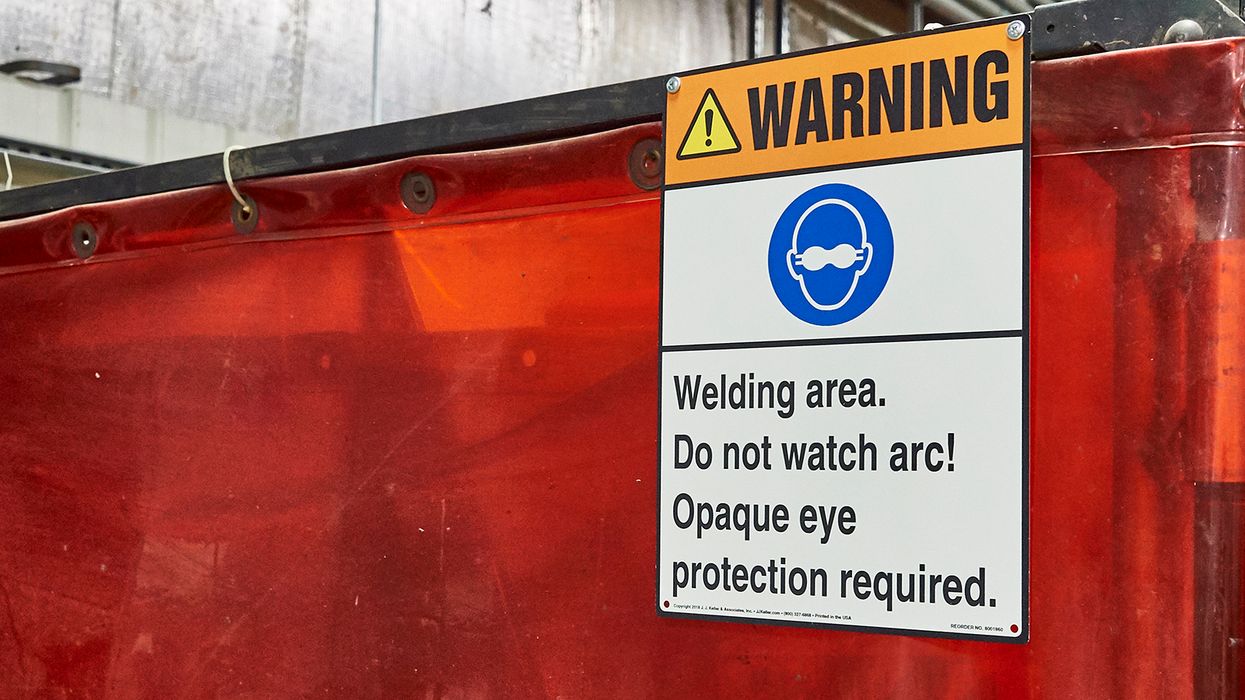Etiquette training takes employees from awkward to awesome
Forty-five percent of business leaders surveyed by ResumeBuilder.com say their company currently offers etiquette training, and 20 percent plan to offer such training in the future.
What is etiquette training?
Some might think of etiquette as knowing which utensils to use at the dinner table or displaying good posture. Business etiquette training, however, encompass a variety of topics including:
- Professionalism in the office and on video calls,
- Effective giving and receiving of feedback,
- How to dress professionally/follow a dress code,
- Tips for successful networking, and
- How to conduct oneself during a business lunch.
Another area business etiquette training might cover is proper behavior during meetings. Bad meeting manners, such as arriving late or rudely dominating the conversation, can derail the flow of the group, make a bad impression, and even impact employee morale (depending on how egregious or frequent it is occurring). Eliminating these negatives can be an important employee relations step for a company.
The value of business etiquette training
Reasons this type of training is seen as valuable by business leaders include:
- Lax habits were developed during the pandemic. Working from home through the pandemic and beyond caused some employees to forget their basic manners, like taking responsibility for cleaning up messes in the break room, or not staring at their smartphone during meetings.
- The influx of Gen Z workers. Many employees born between 1997 and 2012 began their careers working from home. While competent with technology, they have little experience sharing common spaces with coworkers, shaking hands with clients, or dressing professionally.
- The variety of generations in the workplace. It’s not just Gen Z that could use an upgrade to their soft skills. Today’s workplace is also made up of workers from the Baby Boom generation, Generation X, and millennials. Each generation thinks a bit differently and could benefit from learning how to get along with those from other generations and how to understand one another better.
While etiquette training is not a substitute for sexual harassment prevention training or Diversity, Equity, and Inclusion (DEI) training, some of the ResumeBuilder survey respondents mentioned adjacent topics etiquette training could address, including “what conversation isn’t acceptable in the workplace,” that “discussion of political standpoints and/or religion is discouraged,” and that every person should be treated “equally and fairly.”
How can etiquette training benefit an organization?
While etiquette training seems like a frivolous idea at first, it may lead to positive business outcomes, such as:
- Greater harmony among employees resulting in a more pleasant and productive workplace.
- Polished, professional public-facing employees, which could improve the customer experience and increase sales.
- The elimination of annoying or off-putting office behavior improving retention or recruitment in the still-tight labor market.
- An emphasis on courtesy and respect in the workplace which could result in fewer complaints of harassing behavior.
How to conduct etiquette training in your workplace
Etiquette consulting is a growing field, and for a fee trainers will come into a business and conduct sessions.
For a less costly approach, the internet also provides a wealth of information about workplace etiquette that can be shared with employees for little or no cost. Such information could be shared during onboarding, to welcome back employees who are returning to the office after working from home for a period, or across the board with all employees, including those in a leadership position.
Key to remember: Many factors, including work from home, have led to a decline in basic business etiquette. Employers may benefit from offering training in etiquette as employees are spending more time with customers and each other in the workplace.

































































